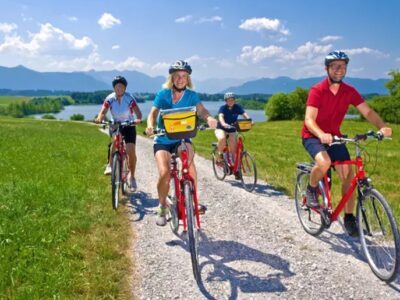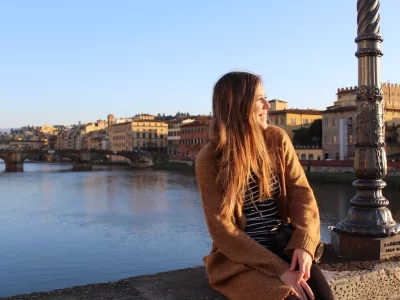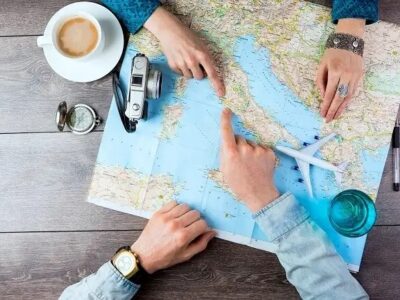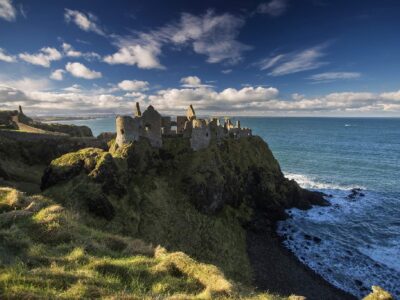Learn how to take better pictures on the road and make your travel photos look much more exciting. Capture better outdoor photos by conquering the sun!
Whoever said beauty was in the eye of the beholder probably didn’t have the sun in their eyes. Although we all love bright and sunny days, photographers know that sometimes too much light can be a bad thing.
Amateur nature and portrait photography are more popular than ever. Although we love that more people have the ability to create great shots using smartphones, we often see people making classic mistakes.
Outdoor photos can be difficult to master. With a few tips and some practice, you can create professional-looking shots. Read ahead for crucial outdoor photography tips.
How to Take a Great Outdoor Photo
If you are planning the perfect travel vacation, you are probably looking for the best things to do on your trip.
You’re also going to want to take pictures the whole time to show your family and friends. So you don’t want to ruin the pictures by not knowing how to take them outside.
General Tips for Taking Outdoor Photos
Thinking about a career taking pictures for NatGeo? We don’t blame you.
Traveling to the most beautiful places in the world and document the miracles of nature is pretty much the perfect job. Not only are you having an amazing experience, but you are also raising awareness about nature, which is awesome.
You don’t have to work on the Discovery Channel or spend thousands of dollars on equipment. But before you book your trip to Borneo, it might help to touch up some outdoor photography tips.
Timing is Key
The best time to take pictures outside is during what photographers called ‘the golden hour’.
During this time of the time, the settings are just right for photography. There is enough light for your subjects to be visible, but not enough to overpower the colors.
Also, the sunset and sunrise coincide with this time of day. They are beautiful enough themselves but they also create extremely dramatic lighting.
The Right Equipment
You don’t need to spend thousands of dollars but it probably wouldn’t hurt either. Nikon and Canon are two of the most trusted names.
A 16-35mm lens is pretty standard but a 75-300mm will be much more useful for photographing wildlife from a distance.
Polarizers and other filters can help reduce glare. Tripods are vital for long exposure shots. Also, don’t forget the standard hiking equipment if you’re going off the beaten path.
The Sunny 16 Rule: Small Aperture and Quick Shutters
Nowadays, even entry-level digital cameras come with technology to help you find the best aperture and shutter speed for any situation. However, some of us may be using older cameras or simply enjoy doing things the old fashioned way.
You can rely on the sunny 16 rule. It was developed to help photographers get the shot on sunny days when they couldn’t afford to get a second chance.
The Secret Formula
First, set your aperture to F/16 to limit the amount of sunlight that gets through. Your shutter speed should be the inverse of your ISO film speed.
So, with ISO 100 film, your shutter speed should be 1/100 second.
With ISO 200 film, your shutter speed should 1/200 second and so on.
Getting The Perfect Shot
There is a whole lot that goes into taking the perfect shot. In a photography studio, the conditions are perfectly controlled to be able to make the same shot over and over again.
Outdoor photos are more difficult because you have to deal with the elements.
Visit the blog for more articles about photography and travel tips.













Comments